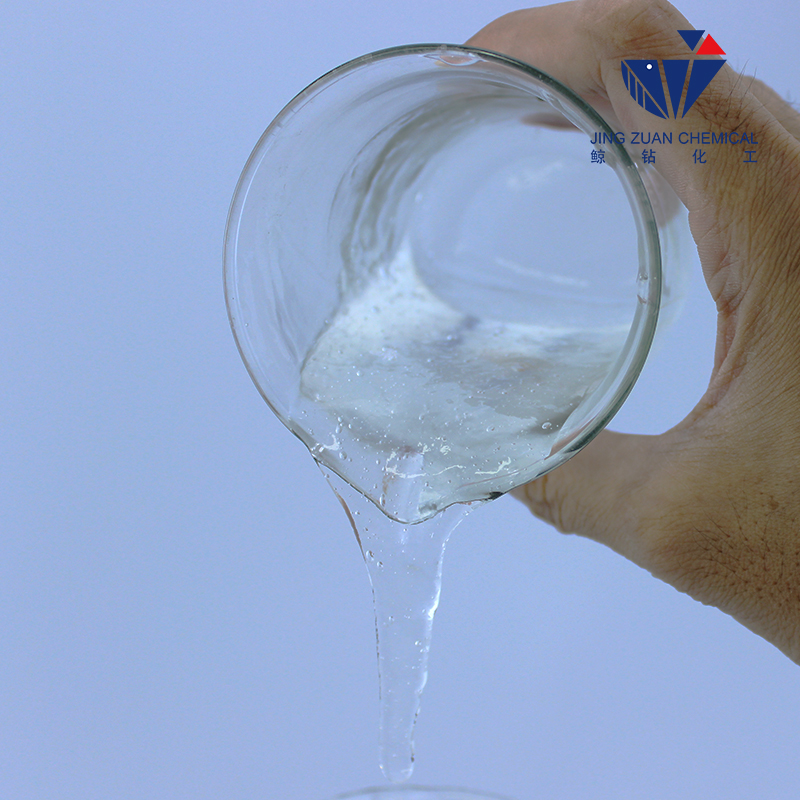
dets. . 24, 2024 01:57 Back to list
Comparison of HPMC and HEC for Enhanced Performance in Pharmaceutical Applications
HPMC vs. HEC A Comparative Study
In the world of pharmaceutical excipients and industrial applications, Hydroxypropyl Methylcellulose (HPMC) and Hydroxyethyl Cellulose (HEC) are two critical substances that are often compared due to their similar applications and properties. Both these cellulose derivatives are extensively used in various formulations, ranging from pharmaceuticals to cosmetics and food products. Understanding their characteristics, applications, and differences is essential for formulators and manufacturers seeking to optimize their products.
Chemical Structure and Properties
HPMC and HEC are both cellulose ethers derived from natural cellulose, with some modifications that enhance their performance in various applications. HPMC has hydroxypropyl and methyl groups introduced into its structure, whereas HEC features hydroxyethyl groups. These modifications significantly influence their solubility, viscosity, and gel-forming properties.
HPMC is generally soluble in water and forms viscous solutions that can gel upon heating, which makes it a popular choice for oral formulations and controlled-release applications. Its ability to retain moisture and sustain the release of active ingredients is particularly advantageous in pharmaceutical and dietary supplement contexts.
On the other hand, HEC is also water-soluble but possesses a different viscosity profile compared to HPMC. It is known for its excellent thickening and stabilizing abilities, making it widely used in cosmetic products, paints, and food thickeners. HEC tends to provide a more stable viscosity at varying temperatures, which can be crucial for certain formulations.
Applications
HPMC finds extensive application in the pharmaceutical industry, primarily in tablet and capsule formulations. It is used as a binder, film-former, and controlled release agent. Its unique property of forming a gel at elevated temperatures makes it suitable for hot-melt extrusion processes. Furthermore, HPMC is often utilized in various dietary supplements to improve bioavailability and sustain the release of nutrients.
hpmc vs hec

In contrast, HEC is heavily utilized in the cosmetics and personal care industry. It serves as a thickening agent, improving the texture and stability of lotions, creams, and gels. HEC's ability to enhance the feel and spreadability of products makes it favorable for manufacturers aiming for premium product qualities. Additionally, its emulsifying properties help stabilize oil-in-water formulations.
In the construction industry, HEC is commonly used as a thickener in wall paints and adhesives. Its water-retention capacity improves workability by allowing for extended open time before the product dries. This property is particularly beneficial in construction applications where humidity and temperature fluctuate.
Performance and Stability
When comparing the performance of HPMC and HEC, both offer unique advantages. HPMC typically exhibits a more pronounced effect on drug release profiles due to its gelling properties. Formulators often prefer HPMC in sustained-release formulations, as it can create a controlled release matrix that prolongs the efficacy of the active ingredient.
HEC, while it does not gel in the same manner as HPMC, provides superior stability across a broader range of pH levels, making it suitable for formulations that require compatibility with active ingredients that may be sensitive to acidity or alkalinity. Its performance in thickening and viscosity control is also notable, allowing formulators to achieve desired textures effectively.
Conclusion
In conclusion, both HPMC and HEC are valuable cellulose derivatives that serve distinct functionalities within various industries. HPMC is predominantly favored in pharmaceutical applications for its gelling and controlled release properties, while HEC excels in the cosmetic and construction sectors due to its thickening and stabilizing abilities. Understanding the differences in their chemical properties and applications is crucial for formulators looking to optimize their products for specific market needs. By selecting the appropriate cellulose ether, manufacturers can enhance product performance, stability, and consumer satisfaction, ultimately leading to the success of their offerings in a competitive marketplace.
-
Versatile Hpmc Uses in Different Industries
NewsJun.19,2025
-
Redispersible Powder's Role in Enhancing Durability of Construction Products
NewsJun.19,2025
-
Hydroxyethyl Cellulose Applications Driving Green Industrial Processes
NewsJun.19,2025
-
Exploring Different Redispersible Polymer Powder
NewsJun.19,2025
-
Choosing the Right Mortar Bonding Agent
NewsJun.19,2025
-
Applications and Significance of China Hpmc in Modern Industries
NewsJun.19,2025







